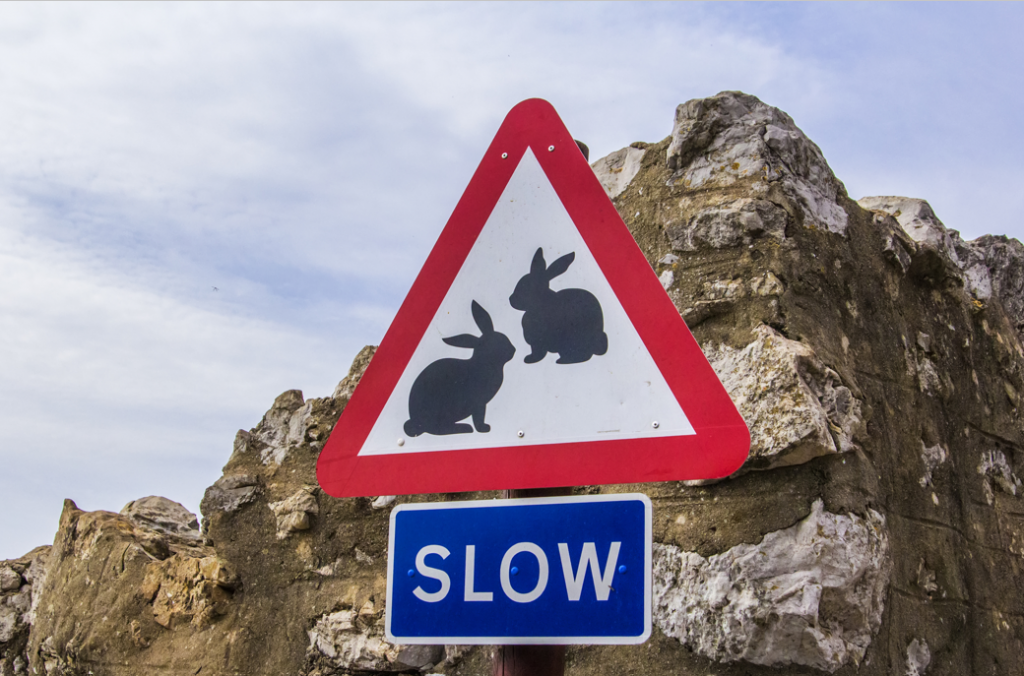
Photo 63254580 © Liliia Epifanova | Dreamstime.com
2023: surely the year for harder questions about the impact of our infrastructure on biodiversity.
For example, researchers in Idaho built a fake road to test out the impact of freeway noise on migrating birds.
“A third of the usual birds stayed away… those that stayed paid a price,” writes Ed Yong in his fabulous book Immense World on animal senses. The noises drowned out the sounds of their predators, so the birds had to spend more time looking for danger and less for food, so they put on less weight and were weaker for their migrations – which take every bit of energy the birds have.
And this didn’t include actual road effects from headlights, exhaust fumes, polluting run-off.
As Ed Yong says, more than 83% of continental USA lies within a kilometre of a road. There is nowhere else for the birds to go.
We have options to do something about this in our infrastructure, in a year we’re meant to be ‘building back better’.
Just replacing blue or white LEDS with red in, for example, parking lot lighting cuts down the impact of night light on insects. Sound-absorbing surfaces and barriers; slowing down traffic; quieter vehicles – all can immediately reduce noise pollution for animals such as owls and mice who depend on sound to catch or avoid being caught.
If 80% of humanity live under light-polluted skies and two-thirds of Europeans live in the noise equivalent of constant rain, it’s not great for people. But what Ed Yong brings out so brilliantly is how often we don’t even think about the different and miraculous sense worlds of other species, of whales and manatees and frogs and birds, and how very much worse it can be for them.
Is this the year to start taking seriously a problem we’ve only just begun to realise?
Immense World, Ed Young, 2022 – how other animals sense is truly mind-blowing.

2023 could certainly be a pivotal year for addressing the impact of infrastructure on biodiversity as it’s expected that the world will be facing many challenges such as climate change, biodiversity loss and habitat destruction. The development of infrastructure projects has the potential to exacerbate these challenges if not properly planned and executed. In order to mitigate the negative impacts of infrastructure on biodiversity, it will be important for policymakers and industry leaders to adopt a more holistic and strategic approach that takes into account the long-term ecological and social implications of their decisions.
One approach that has gained traction in recent years is the concept of “green infrastructure,” which refers to the use of natural systems and features, such as wetlands and urban forests, to provide a range of ecosystem services in addition to traditional infrastructure functions. By integrating green infrastructure into the planning and design of infrastructure projects, it is possible to reduce negative impacts on biodiversity while also providing benefits such as improved air and water quality, increased stormwater management, and improved human health and well-being.
Additionally, it will be essential to engage in a more robust and transparent process of environmental impact assessments (EIA) and strategic environmental assessments (SEA) that take into account the long-term ecological and social implications of infrastructure projects. This will allow for a more comprehensive understanding of the potential impacts of infrastructure projects on biodiversity and will enable stakeholders to make more informed decisions about the best course of action.
2023 could be the year where infrastructure development will be held to higher standards, considering more robustly the impact of infrastructure on biodiversity and taking actions to mitigate and adapt to these challenges.
A very thoughtful response, Chet. We have grown accustomed to our own levels of noise and light pollution and no longer recognise them as the problems for our health and sanity that they really are, but using these studies to see through the eyes and ears of others, our birds and animals – and then taking action to correct – may also be a way to seeing, and improving life for humans. Everything is connected. Bio-diversity is not an optional extra.
For a long time, EPAs have been seen by many who construct and manage assets to be an (unnecessary) time consuming diversion. It is time to take environmental assessments seriously, but how do we change the existing mindset?